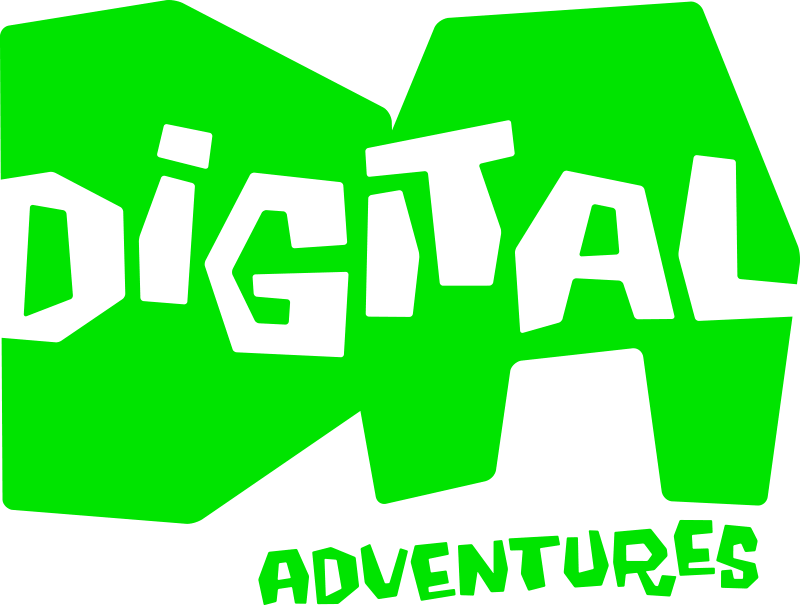Only then will students have a breadth and depth of knowledge to pull from when they began to conceive, design, develop and launch their inventions and innovations that will change the world.
Hardware knowledge
While there has been a large growth of mobile apps and websites, a lot of our engagement with technology is still very much physical. Even mobile applications are still accessed on an iPhone, Android or Windows phone. And, websites are still primarily accessed via tablet, desktop or laptop computers.
In addition, some of the most interesting advances in automation is hardware based. From the robots that pick and place items in Amazon warehouses to the self driving vehicles that are being developed by both technology and automotive companies.
From the sensors in our mobile phones to wireless AirPods, there have been some really big advances in hardware based microelectronics.
And when you think about our aging population and how humans are living longer, medical devices will continue to not only be an interesting but needed category.
Design thinking
As a student, Steve Jobs famously dropped into a calligraphy class. This class helped him gain an appreciation for type faces and settings. This insight enabled the initial user interface for the Apple computer to include some of these design principles.
Even today, some argue that Keynote and Numbers are better visual presentation formats for word processing and spreadsheets than PowerPoint and Excel.
In a world where students have a baseline knowledge about the underlying coding and programming, well designed products will separate the merely good from great.
This requires learning design principles and creating a wide variety of designs so that students can develop an eye for design. Even if they choose not to be the designer, they will have the knowledge of good design principles and how to filter and down select from available options.
Within the umbrella of design, there is also an advantage to be gained from learning about modeling both 2D and 3D structures. In the process, students learn about boundaries, interfaces, clearances and tolerances that are key to launching products that can be built at scale.
Data & Analytics
Mountains of data are created on a daily basis. As platforms continue to scale and have larger and larger user bases, the need to aggregate and analyze this data becomes increasingly important.
By developing a skillset in data & analytics, the next generation of technologists can uncover a wide range of insights and use that to support solutions with global not local scale. This knowledge base involves learning about statistics and confidence intervals. In addition, because of the size of the data sets, one has to know about whether or not it's garbage in = garbage out. Or if they are truly utilizing the key data to formulate a necessary insight.
Data science has been a field in huge demand over the past several years. This will only continue to increase as technology evolves and takes over a larger and larger part of our daily lives.
Conclusion
While we talk a lot about software eating the world, we need to also understand that software is often paired with other key technology inventions and innovations to create truly world changing outcomes.
Limiting our future creators to simply learning code is going to do a disservice to the full suite of technology based skills they will need to learn for future success.



 By:
By: